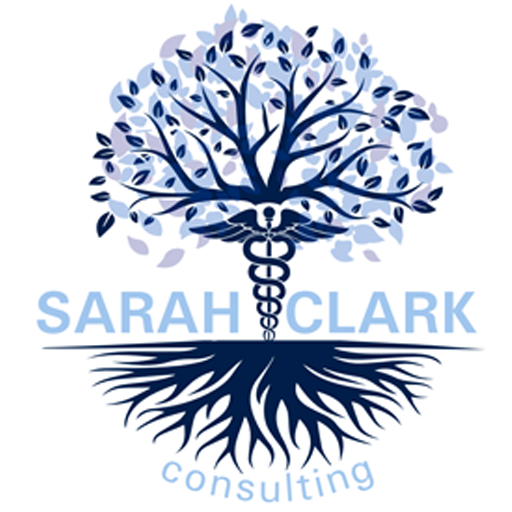
As a consultant dedicated to optimizing medical and dental practices, I often hear the term “pajama time”. For those outside the healthcare realm, this might sound like a cozy concept involving hot cocoa and a good book. However, for our hard-working doctors, “pajama time” signifies those late-night, early morning and weekend hours spent catching up on patient charts and paperwork.
The implementation of Electronic Health Records (EHRs), promised greater efficiency and less paperwork. But the reality for many physicians has been quite the opposite. The transition to digital records, while revolutionary, often means that doctors are logging on at home, in their pajamas, to complete documentation they didn’t have time to finish during the day. This phenomenon isn’t just about lost sleep; it’s about the challenges doctors face in balancing clinical duties with administrative demands.


“Pajama time” has far-reaching implications beyond just lost sleep and decreased personal time. It affects physician well-being, contributes to burnout, and impacts their personal lives. My goal is to help mitigate these issues by implementing efficient processes and technologies that reduce the after-hours workload.
So, how can you help turn “pajama time” into “me-time” for the doctors in your practice? Here are a few actionable strategies:
Let’s work together to ensure that doctors can close their laptops at a reasonable hour, and enjoy a restful night. After all, a well-rested doctor is a better doctor, and better doctors lead to better patient outcomes.
In conclusion, “pajama time” might sound endearing, but it’s a serious issue that needs addressing. By streamlining processes, leveraging technology, delegating tasks, and improving time management, we can help our doctors reclaim their evenings and improve their overall well-being. At the end of the day, everyone deserves a good night’s sleep—especially our hardworking physicians.
If you need help reducing your after-hours workload, don’t hesitate to reach out!
